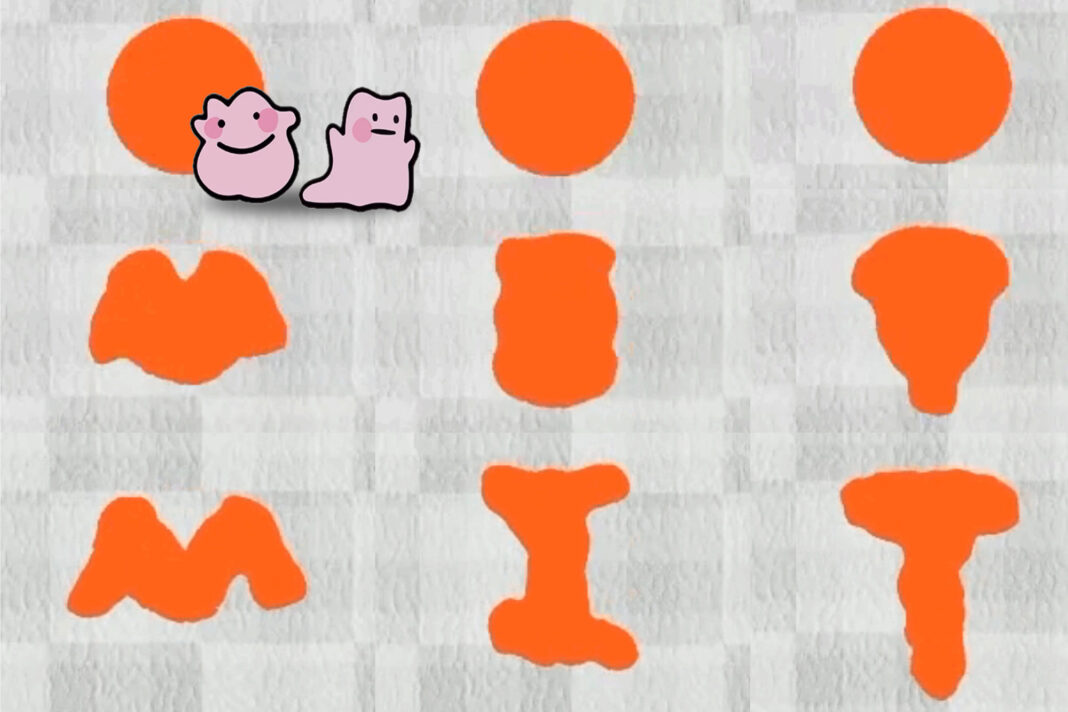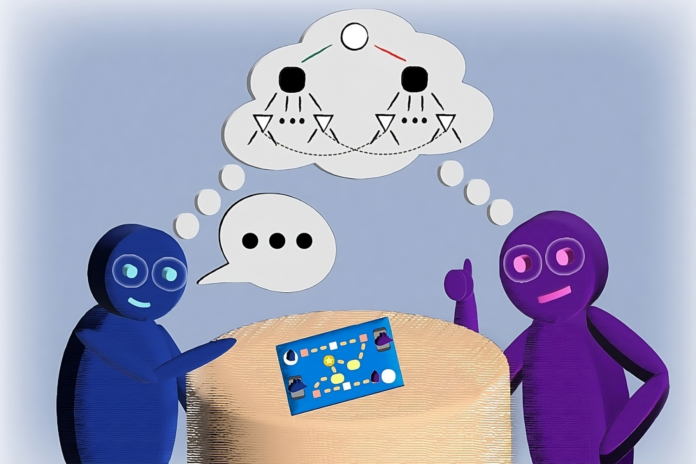In Short:
Researchers at MIT are developing a slime-like robot that can change shape to move through narrow spaces inside the human body, possibly removing unwanted items. They created a control algorithm that allows the robot to autonomously learn how to move, stretch, and shape itself to complete tasks. The algorithm was successful in completing tasks, outperforming other methods, and may lead to versatile robots that can adapt their shapes for various tasks.
MIT Researchers Develop Algorithm to Control Shape-Shifting Soft Robots
Researchers at MIT have been exploring the development of reconfigurable soft robots that could be used in various fields such as healthcare, wearables, and industrial systems. They have recently made a breakthrough in creating a control algorithm that can autonomously learn how to manipulate a shape-shifting robot to complete specific tasks.
Key Findings and Achievements
The control algorithm developed by MIT researchers successfully completed eight tasks, outperforming other algorithms in the process. The algorithm proved particularly effective in handling complex, multifaceted tasks where the soft robot had to change its shape multiple times to achieve the desired outcome.
Lead author Suning Huang, along with collaborators Boyuan Chen and Huazhe Xu, worked on refining the control algorithm to enable a soft robot to dynamically alter its morphology to adapt to different scenarios.
In one test, the robot had to shrink its height, grow two legs, navigate through a narrow pipe, and then extend its torso to open the pipe’s lid, showcasing the versatility of the algorithm.
Approach and Methodology
The researchers used a machine-learning technique known as reinforcement learning to train the soft robot. Traditional methods of teaching robots to complete tasks were found to be ineffective with shape-shifting robots that lack fixed joints or limbs.
The algorithm focused on controlling groups of adjacent muscles that work together, following a coarse-to-fine methodology. By treating the robot’s action space as an image and predicting its actions, the algorithm optimized the robot’s movements in real time.
Simulation and Testing
To test their approach, the researchers developed a simulation environment called DittoGym. This environment featured eight tasks that evaluated the soft robot’s ability to dynamically change shape to achieve specific goals.
The tasks included scenarios where the robot had to weave around obstacles, mimic letters of the alphabet, and navigate through complex environments. The algorithm developed by the team outperformed baseline methods and proved effective in completing multistage tasks.





